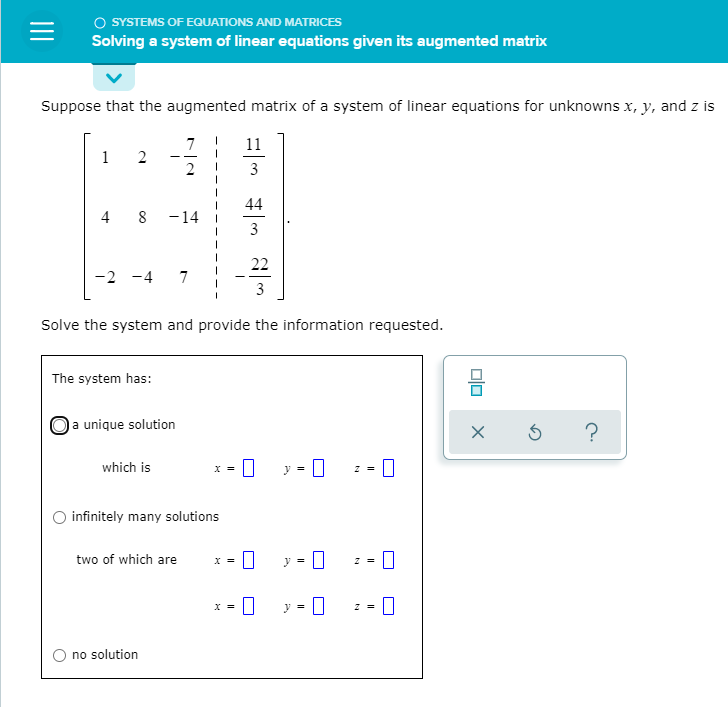

Thus the square-root via diagonalization of (4) above could be used. Working up from C we ask, is E^2+I diagonalizable (so as to have an easy explicit formula for matrix square-root)?Ĭ is symmetric, and E = -(1/2)C the scalar multiply doesn't change the symmetry of C since it affects every cell hence E is symmetric.Į^2 = (E * E) commutes, so E^2 is symmetric.įinally, I is symmetric, so (E^2 + I) is symmetric. Per Wikipedia (Square Root Of A Matrix)::Explicit Formulas::ByDiagonalization every real symmetric matrix is diagonalizable by a real orthogonal similarity.given symmetric matrices A and B, then AB is symmetric if and only if A and B commute.The sum and difference of two symmetric matrices is again symmetric.Your matrix C is symmetric, so we can check whether the term under the square-root (i.e., power of 1/2) has an explicit computation formula. SymPy will certainly let you represent it symbolically, but it has proven unable to compute it numerically, thus far in my attempts (in Python3 on MinGW64). Matrix square-root may or may not be something you want to solve symbolically. > X+E = +/-(E^2 + I)^(1/2) //take square root (now we may have more than one answer) > (X + E)^2 = E^2 + I //simplify and add I to both sides

> X^2 + 2EX + E^2 - I = E^2 //add E^2 to both sides (i.e., complete the square) Most of the symbolic work can be done by hand: X^2 - CX - I = 0


 0 kommentar(er)
0 kommentar(er)
